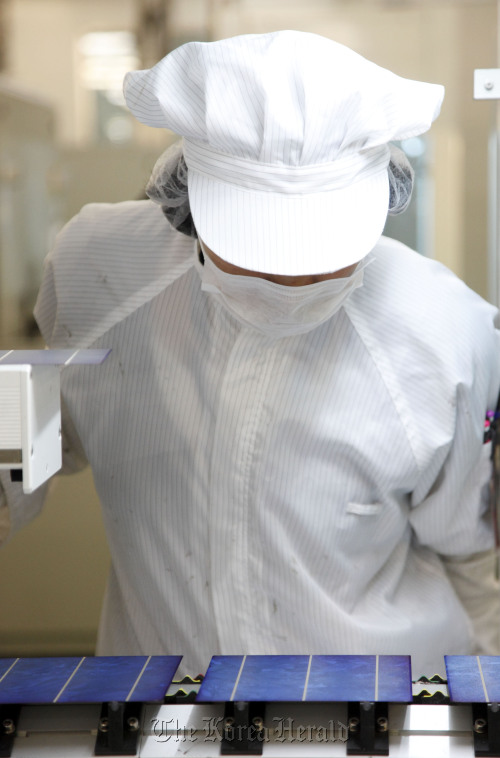China, the world’s biggest electricity consumer, is figuring out how to capture a larger share of the solar-energy market without losing money.
The government will spend at least a year studying Europe’s system of paying above-market prices for solar power before deciding if there’s a better way to spur clean-energy plants across China, said Wu Dacheng, an adviser to national power regulators. The delay has stalled projects planned on Chinese soil by developers such as First Solar Inc. of the U.S.
“We need to learn from European countries like Germany” that pay subsidized rates to spark solar-panel installations, Wu, vice chairman of the Solar Photovoltaic Committee of China’s Renewable Energy Society, said in an interview.
Europe, which attracted more than $65 billion in solar plant investment in 2010, is providing lessons for China. Germany, the largest panel market, together with Spain and France carried out four unscheduled subsidy cuts in 2010, trying to slow a torrent of projects by developers and speculators.
 |
A worker operates on the assembly line that makes photovoltaic cells, the main energy generating component of a solar panel, at the Suntech Power Holdings Co. factory in Wuxi, China. (Bloomberg) |
China’s wait-and-see strategy on projects is part of a broader industrial plan to take a leading global role in harnessing energy from the sun. China is first focusing state support on its own equipment manufacturers. That helps them gain market share and cut prices, lowering the eventual cost of a nationwide solar construction program China plans for itself.
“China is definitely playing a longer game in solar,” Daniel Guttmann, head of renewable energy strategy at the consulting firm PricewaterhouseCoopers LLP in London, said by telephone. “It has done a lot to subsidize its manufacturers.”
The government’s China Development Bank alone approved more than 126 billion yuan ($19 billion) in credit facilities in the second half of last year for makers of everything from the raw material of polysilicon to the finished solar panel, including Baoding-based Yingli Green Energy Holding Co., according to Bloomberg New Energy Finance.
Chinese solar equipment makers outperformed most U.S. and European competitors in stock markets in the last 12 months. The top three, led by LDK Solar Co., gained about 57 percent on average in the period, compared with 50 percent for the top three based in the U.S. and 6 percent for the Europeans.
China this year will increase its share of the global solar photovoltaic panel market by about 10 percentage points and for the first time supply a majority of the devices that turn sunlight into power, according to London-based Bloomberg New Energy Finance. In contrast, China bought less than 3 percent of the 18.5 gigawatts in estimated worldwide panel sales for its domestic projects. (Bloomberg)
No copy
As panel prices drop, China plans to boost its own solar power installations by more than 60-fold to 20 gigawatts, or the equivalent of about 18 new nuclear plants, by 2020 from 2009. A nationwide subsidy or auction program is needed, though not a direct copy of the European or U.S. model, which is based on tax breaks, Wu said.
China is concerned that Europe’s subsidized rates, or feed- in tariffs, were so large that governments had to slash them earlier than planned to not strain government finances, Wu said. Spain alone spent 5.3 billion euros ($7.3 billion) subsidizing renewable power generation last year.
“China has seen that many European countries did not quite get the right feed-in tariff levels, with bubbles and super- profits for investors in some cases, and might want to give careful thought to set the right levels,” Guttman said.
Several demonstration projects in China weren’t developed because companies were deterred by the absence of a subsidized power purchase price, Wu said. (Bloomberg)
